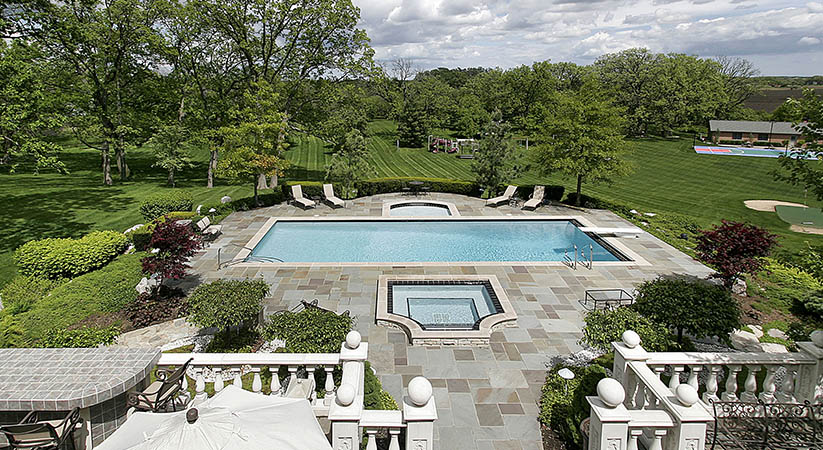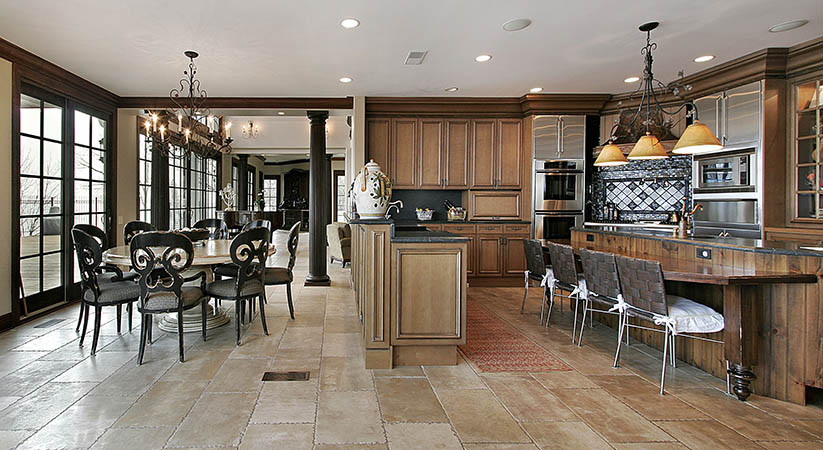Swimming pools need regular cleaning and maintenance to stay safe for swimmers and pets. Otherwise, your pool can quickly become home to all sorts of bacteria and harmful fungi. This would not only ruin your swimming experience but will also pose many health risks. So, all swimming pool builders will suggest you get maintenance and inspection after every few months.
Pool maintenance tips for homeowners
Regular homeowners often find it difficult to maintain their pool. This is especially true for those who do not have significant experience managing a pool. Fortunately, you don’t have to be an expert to keep your swimming pool clean and healthy. These tips will help you do just that.
Clean the Filter Regularly
If your filters are not properly cleaned, you will notice a buildup of dirt around the filter, then you should take it apart and wash it thoroughly. You should also check the water level every day. If there is too much water in the pool, then you should drain some of the water from the pool.
Check the Water Level at Least Once a Week
One of the easiest ways to prevent water damage is to make sure the water level is correct. This means checking the water level every week. If you notice any changes, such as a drop in the water level, call a professional immediately. Otherwise, it may damage the inner lining and pool paint.
Maintain the Pump’s Filters
It’s also important to check the pump’s filters regularly. They should be changed at least once per month. A dirty filter can cause algae growth, which can lead to more serious issues like mold. You should be able to always see the bottom of the pool. If there are visible leaves, debris, or other floating objects in the water, remove them immediately. Next, check the filter system regularly. Make sure the pump is working properly and that the filters are clean. Finally, test the pH level of the water. If it is too high, add acid to lower the ph.
Change the Water pH Balance
If you’re not sure how to test the water, there are several ways to determine its pH balance. One method involves using a pH meter. Another option is to use a simple litmus paper test.
But the best tip is to change the water pH balance frequently depending on your measurements. If the pH level is too high, then algae will grow quickly. To lower the pH, add acids such as vinegar or citric acid to the water. You should test the pH before adding acid, though, because if the pH is already low enough, adding acid could cause the pH to drop further.
Test the Water Temperature
It’s also important to check the temperature of your pool regularly. A digital thermometer is one of the easiest tools to use when doing so. If the water is too cold, then you should add some hot water to raise the temperature. Simply place the probe into the water at least six inches below the surface. When the water is at least 80 degrees Fahrenheit, you can safely swim in it. Make sure to check the water temperature at least once every day.
Conclusion
Maintenance of swimming pools is extremely necessary for the long term. Otherwise, your swimming pool will undergo slow damage and there will come a point when it is rendered unusable. Since swimming pool building is not cheap, you must spend enough on their maintenance to avoid permanent damages.
For further guidance and information, contact pool contractors Long Island today and discuss your worries. Professionals will offer you the best advice and perhaps, you might get some amazing quotes for inspection and maintenance.



